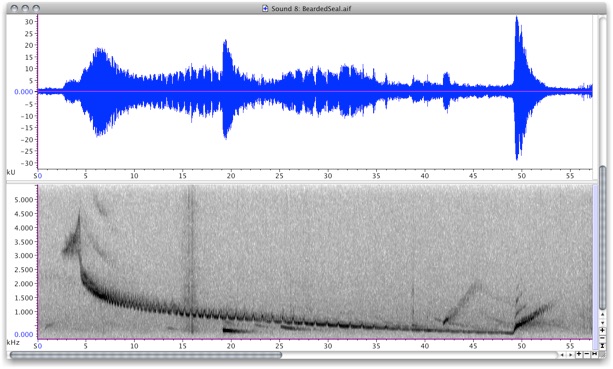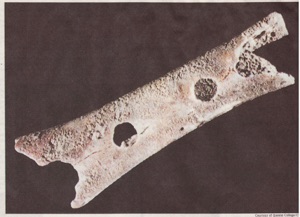BIOMUSICOLOGY

The origins of Music
From Wikipedia, the free encyclopedia
Biomusicology is the study of music from a biological point of view. The term was coined by Nils L. Wallin (1991). Music is an aspect of the behaviour of the human and possibly other species. As humans are living organisms, the scientific study of music is therefore part of biology, thus the "bio" in "biomusicology".
Biomusicologists are expected to have completed formal studies in both biology or other experimental sciences and musicology including music theory. The three main branches of biomusicology are evolutionary musicology, neuromusicology, and comparative musicology. Evolutionary musicology studies the "origins of music, the question of animal song, selection pressures underlying music evolution," and "music evolution & human evolution." Neuromusicology studies the "brain areas involved in music processing, neural and cognitive processes of musical processing," and "ontogeny of musical capacity and musical skill." Comparative musicology studies the "functions and uses of music, advantages and costs of music making," and "universal features of musical systems and musical behavior." [1]
Applied biomusicology "attempts to provide biological insight into such things as the therapeutic uses of music in medical and psychological treatment; widespread use of music in the audiovisual media such as film and television; the ubiquitous presence of music in public places and its role in influencing mass behavior; and the potential use of music to function as a general enhancer of learning." [1]
Zoomusicology, as opposed to anthropomusicology, is most often biomusicological, and biomusicology is often zoomusicological.
See also
References
1.^ a b Wallin, Merker, and Brown, eds. (2000). "An Introduction to Evolutionary Musicology", The Origins of Music, p.5f1.1. ISBN 0-262-23206-5.
▪Wallin, Merker, and Brown, eds. (2000). "An Introduction to Evolutionary Musicology", The Origins of Music. ISBN 0-262-23206-5.
The”Neanderthal flute” found in Slovenia (between 43,000 to 82,000 years old), is pictured below.

Audio clip, waveform display and sonogram of a bearded seal vocalization
